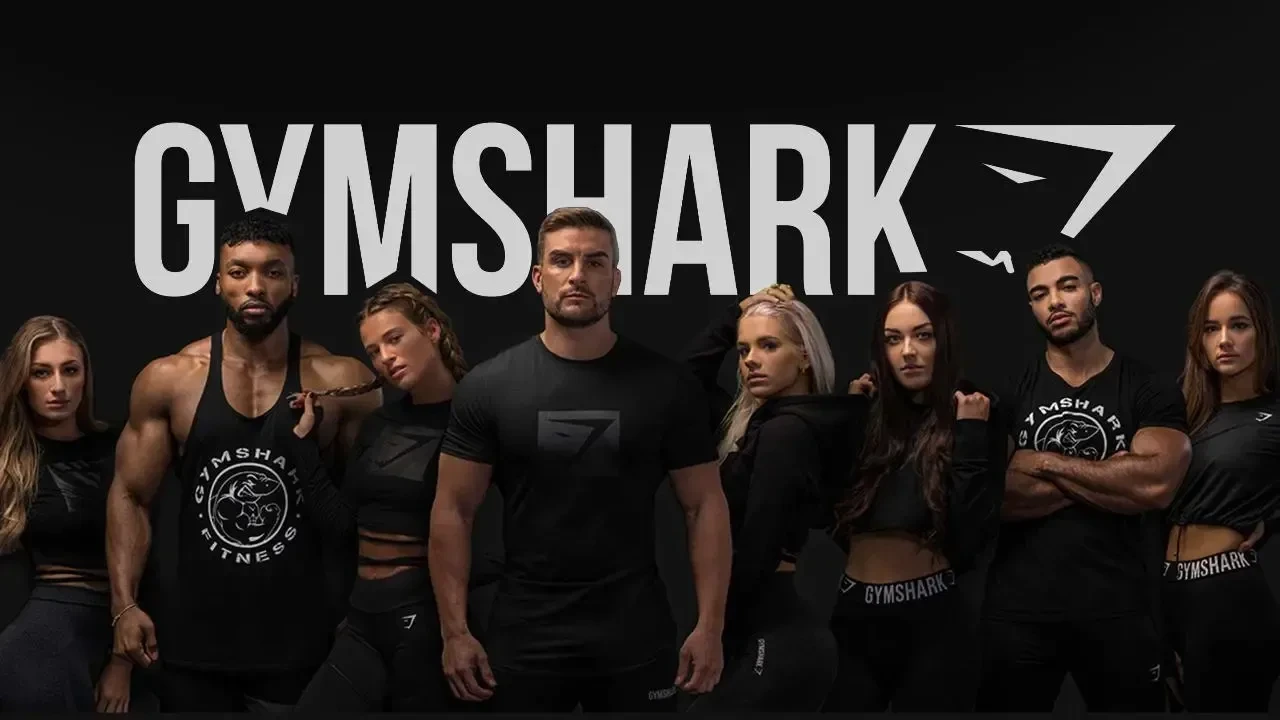How Gymshark Increased Online Sales by 150%

Gymshark
Gymshark started as a little fitness gear firm, but today, it’s one of the largest names in the industry. What’s their secret? A smart content approach that connected with their target demographic. This case study will walk you through how Gymshark used content to expand their online sales by 150% and developed a committed community of fitness fans along the way.
Background
When Gymshark originally appeared, they were a tiny business striving to develop a reputation for themselves in a saturated field. Their items were good, but they needed a means to distinguish out. The creators knew they had to engage with their audience on a deeper level if they wanted to develop. They chose to focus on content that would not only market their items but also engage and inspire their customers.
At the beginning, Gymshark grappled with low engagement and flat sales. They knew they had a solid product, but they weren’t reaching enough people or having the impact they anticipated. That’s when they decided to overhaul their content approach and focus on establishing a brand that was about more than simply clothes—it was about community, motivation, and a lifestyle.
Strategy Development
The first step was understanding their audience. Gymshark’s target clients were youthful, fitness-focused, and engaged on social media. They needed information that was honest, relatable, and uplifting. So, Gymshark began generating content that spoke directly to this audience’s interests and passions.
The fundamental components of their new content strategy included:
Influencer Partnerships: Gymshark started partnering with fitness influencers who already have significant followings. These influencers would use Gymshark gear in their articles, exercise videos, and tales, helping to spread the word organically.
User-Generated Content: Gymshark encouraged their clients to post their own fitness journeys on social media utilizing Gymshark goods. They often incorporated these posts on their own channels, which not only offered content but also made customers feel like they were part of something bigger.
Engaging Social Media Presence: Gymshark increased up their activity on social media platforms including Instagram, YouTube, and TikTok. They presented a blend of training ideas, motivating content, and product demonstrations, always maintaining the focus on their community.
Implementation
Once the approach was in place, Gymshark began pushing it out across all their channels. They started by discovering prominent individuals in the fitness area and developing connections that appeared natural and honest. These influencers didn’t just advocate Gymshark products—they embodied the Gymshark brand.
Gymshark also started different social media ads asking members to share their own stories. One popular promotion was the #Gymshark66 challenge, where people were encouraged to make a beneficial change in their life over 66 days. This spawned a ton of user-generated content, with thousands of individuals sharing their progress and tagging Gymshark.
On top of that, Gymshark’s social media posts became more frequent and more focused on engagement. They posed questions, ran polls, and reacted to comments, making their supporters feel heard and valued. They also started developing extra video material, including gym routines, product releases, and behind-the-scenes footage, all of which helped create a better relationship with their followers.
Results
The results were spectacular. Within a year of executing their new content approach, Gymshark’s internet earnings grew by 150%. They didn’t simply observe a boost in sales—they also witnessed a big increase in social media engagement and brand recognition.
Their Instagram following developed fast, and their photographs often received hundreds of likes and comments. The influencer connections helped Gymshark reach new audiences, and the user-generated content made their existing users feel like they were part of a community, not just buying a product.
One of the major triumphs was the #Gymshark66 campaign, which not only raised sales but also established the Gymshark brand as a good force in the fitness world. Customers weren’t just buying clothes; they were joining a movement.
Challenges and Lessons Learned
Of course, it wasn’t all smooth sailing. One of the challenges Gymshark had was retaining authenticity while climbing higher. As they worked with more influencers and generated more material, they had to be careful not to lose the actual connection with their audience that made them successful in the first place.
They also understood the need of altering their methods as they expanded. What worked for them as a tiny business needed to be updated as they became a larger, more recognizable brand. This requires continually reviewing the data, listening to customer comments, and being willing to pivot when necessary.
The fundamental conclusion from Gymshark’s experience is the value of community-focused content. By putting its consumers at the core of their strategy and providing content that connects with their views and interests, Gymshark was able to accomplish significant growth and develop a committed following.
Conclusion
Gymshark’s route shows exactly how powerful a well-targeted content strategy can be. By understanding their clients, employing influencer collaborations, and developing a strong sense of community, they were able to boost their online sales by 150% and position themselves as a leader in the fitness apparel field.
For any e-commerce firm looking to flourish, Gymshark’s success is a reminder that content is more than merely marketing—it’s about building relationships and creating a brand that people want to be a part of.
Like this project
Posted Aug 27, 2024
This case study highlights how Gymshark boosted online sales through a targeted content strategy. This showcases the impact of a well-crafted content strategy.




